Pieces Of Mars Have Landed On Earth

Some of the meteorites that strike our planet originate from our red neighbor, Mars. Here’s how we know.
As the planets orbit the Sun, well-separated from one another, we tend to assume they don’t exchange material very frequently. The Solar System may be a violent place, rife with asteroid strikes and cometary collisions, but planets themselves are too big and massive to be affected by these. When large, energetic collisions impact your planet, the worst they typically do is create a crater and blanket your world in debris.
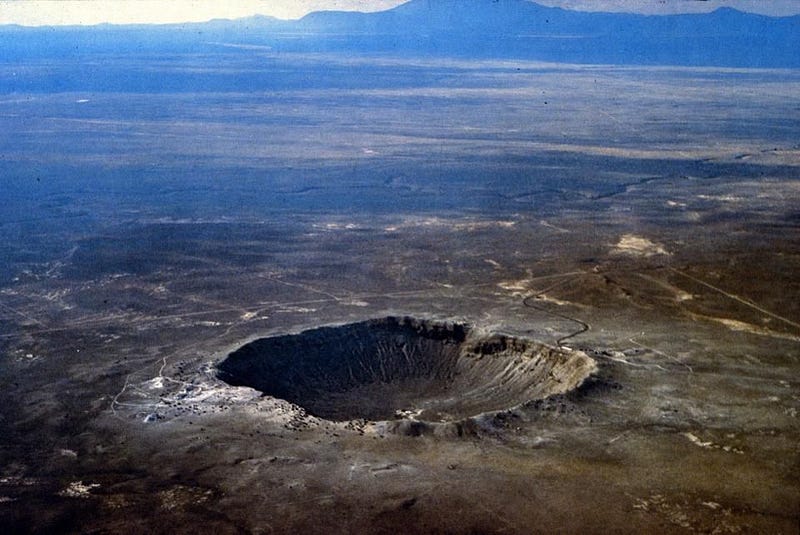
But sometimes, if the impact is large enough, it can kick that debris out all the way into space. Many of the moons in our Solar System — including Earth’s, Pluto’s, and Mars’ moons — were created from the coalescence of that debris after a giant impact. Some of the debris falls back onto the planet, while other remaining matter gets ejected from the planetary system entirely.
In theory, material from one planet can get transferred to another.
In practice, we know this to be true. Pieces of Mars have been found on Earth, and new ones fall down to our world every few years.
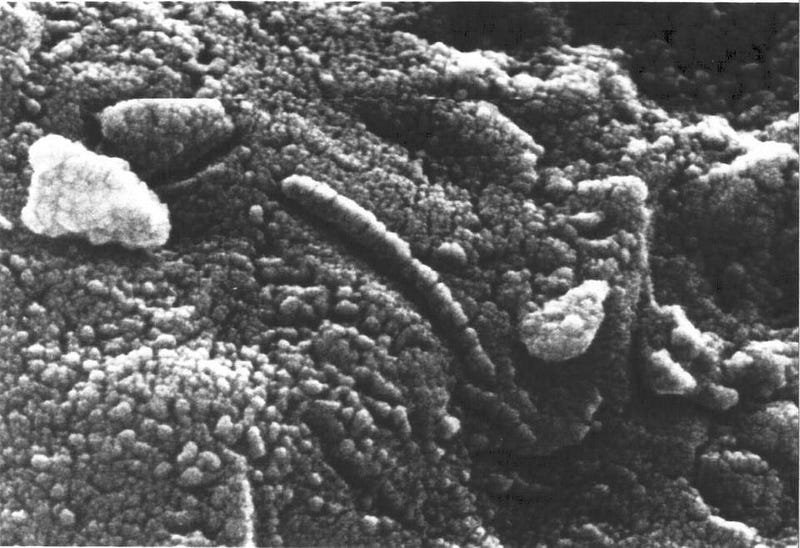
The science of meteorites is fascinating, with over 61,000 pieces of rock confirmed to be of extraterrestrial origin found on Earth. The Solar System is a diverse and intricate place, and every body we’ve either landed on or taken samples of is different from one another. The surface rocks on Venus are different from the ones found on asteroids, comets, Mars, as well as Earth. In fact, they’re all different in composition from one another, too, as are the rocks found on various moons we’ve visited, like Saturn’s moon Titan.
The only rocks that we can be certain share common compositions are the rocks from Earth and the rocks from the Moon. The similarity between terrestrial rocks and lunar samples further implicates a giant, early impact as the cause of the Moon’s creation.
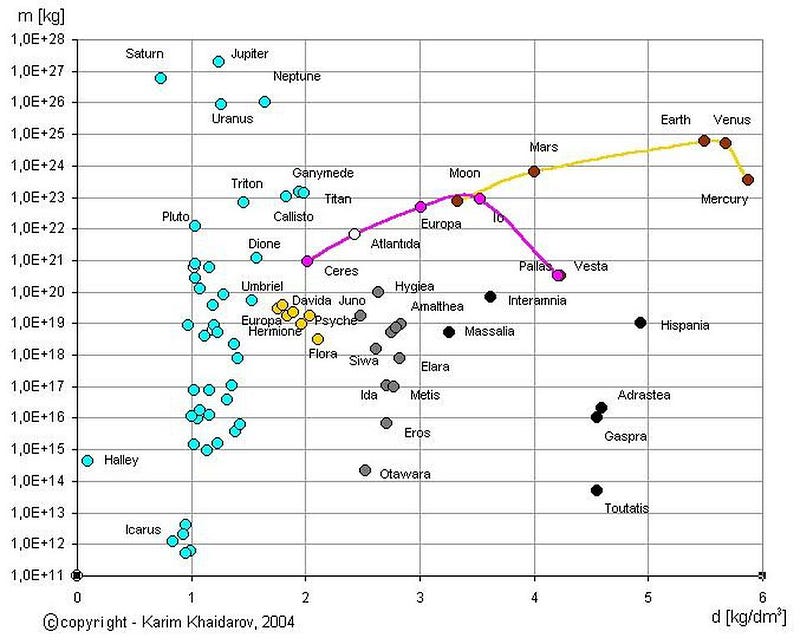
For every rock on Earth, regardless of origin, we can analyze which elements from the periodic table it’s made out of, as well as what the ratios of the isotopes of those elements are.
For example, one of the great pieces of evidence that the great extinction event 65 million years ago came from an asteroid is a thin layer of ash found all over the world dating to that time, where the ash contains about 10 times the density of iridium found in any rocks on Earth. This is a common occurrence in asteroids, which is why we view that as the primary cause of the demise of the dinosaurs and rise of mammals.
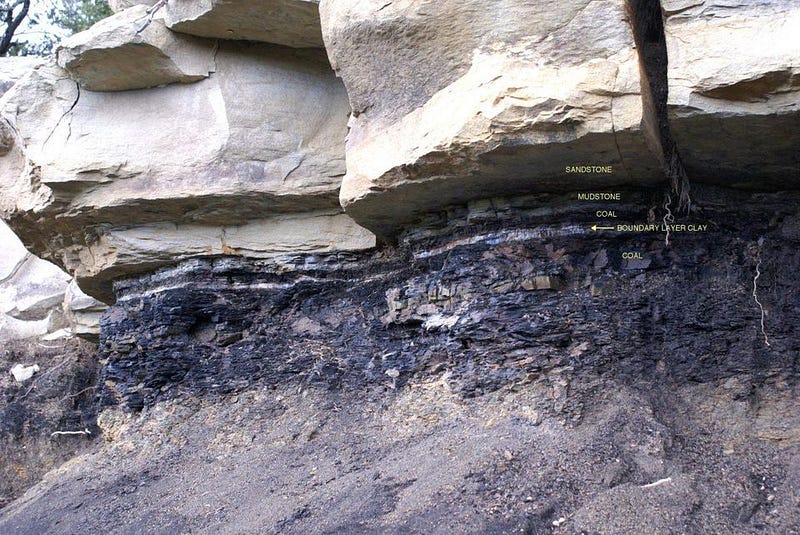
The objects that come to Earth, however, are in a special class. Rather than finding them in space, they travel through the Solar System and collide with our world, where many of them fall to the surface and leave remnants. These meteorites come in a wide diversity of types. They have different densities, different elemental abundances, and different geological features inside of them. Most meteorites are stony, and contain small, round particles made largely of silicon inside. These types of meteorites, known as chondrites, make up about 86% of all meteorites. A further 8% are stony, but without those melted, silicate particles inside: the achondrites. Finally, the other 6% are iron meteorites, which are a mix of rock and metal.
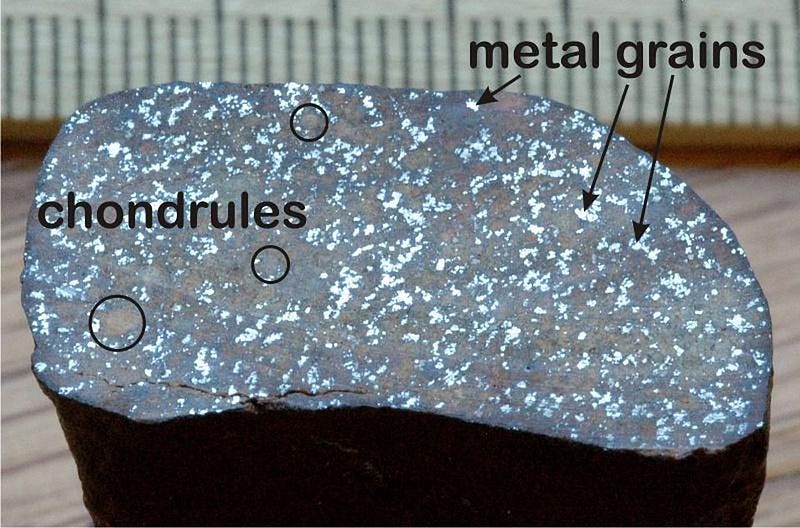
But even though this includes all the meteorites we’ve ever found, they’re not all created equally, or even typically. Some of them are, as far as their composition goes, weirdos. In particular, three different types stand out:
- Shergottites: these are volcanic rocks, rich in both magnesium and iron, with a variety of crystal sizes and mineral contents inside, and appear to have crystallized recently, perhaps only 180 million years ago.
- Nakhlites: these are much older, having formed between 1.3 and 1.4 billion years ago, also from volcanic activity. They are rich in the mineral augite, and contain evidence of being flooded with liquid water about 620 million years ago.
- Chassignites: these meteorites are almost exclusively made of the mineral olivine, with inserted pyroxene, feldspar, and oxides. It contains noble gases that are different in composition from the Martian atmosphere, which supports an origin in the planet’s mantle.
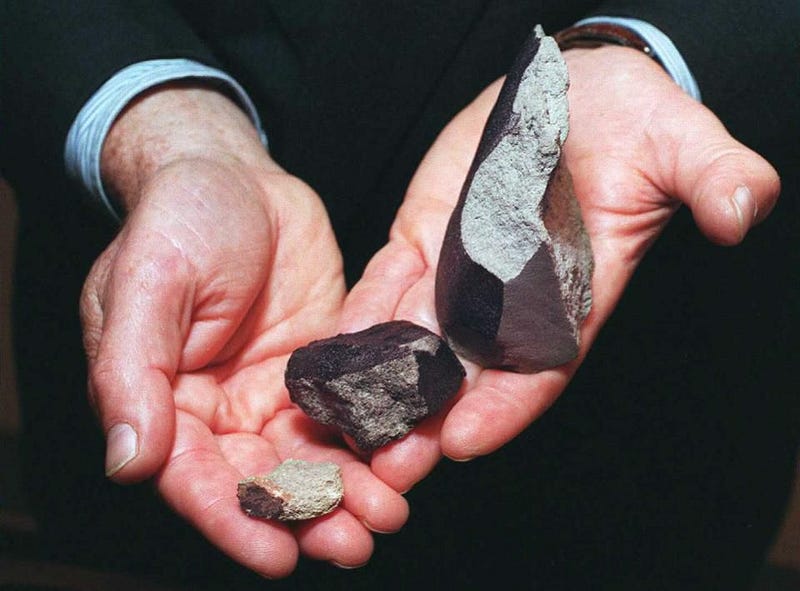
All three of these types are notably different from all the other meteorites found on Earth, but have elemental and isotopic commonalities with one another. The ratio of their oxygen isotopes, in particular, were different from that of other meteorites, as well as having younger formation ages. For a long time, scientists suspected they might have a common origin to one another, distinct from the more typical meteorites.
In 1976, the Viking landers returned direct information about the Martian surface, including the Martian atmosphere and the rocks found on the ground. The similarities were striking, leading many to hypothesize that all three types originated from Mars. But the true “smoking gun” came in 1983, when a variety of trapped gases were found in glass formed by the impact of one such shergottite, and it matched the gases found by Viking on Mars.
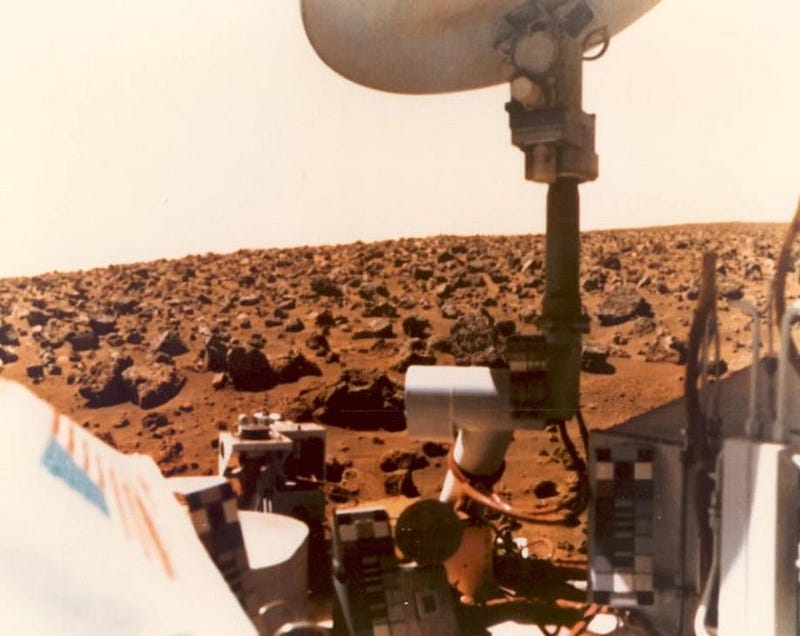
As of 2018, there are 207 known Martian meteorites. Based on radiometric dating, we can conclude that the meteorites originating from Mars are extremely young: only perhaps 3 of the ones originating from Mars are older than 1.4 billion years, with the majority having formed only a few hundred million years ago.
In addition, we can tell how long they’ve been traveling based on their exposure to cosmic rays, which range from approximately 730,000 years to around 20 million years.
Whatever created these formations on Mars happened relatively recently, geologically speaking, and whatever impacts ejected them occurred after mammals had already come to dominate Earth.
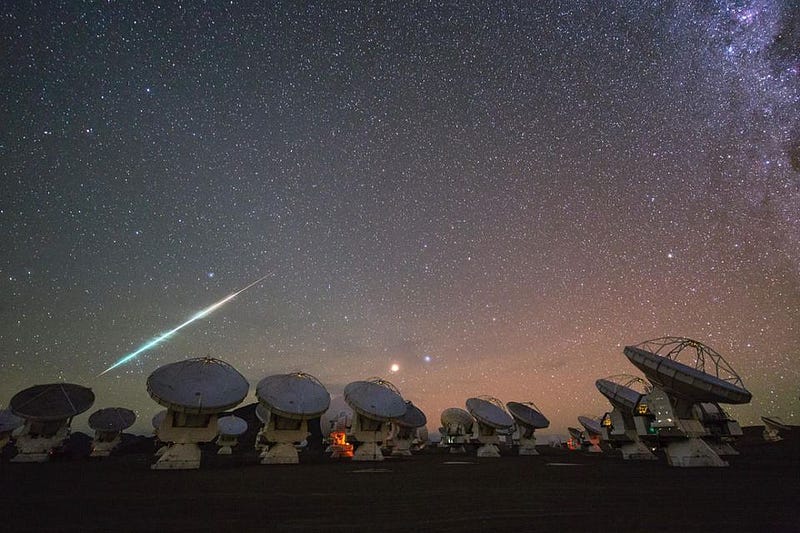
It doesn’t take an impact of dinosaur-killing magnitudes to eject material off of a planet, and these impacts clearly happen frequently enough to spread material from one planet to another within a solar system. Approximately 0.3% of all meteorites that fall to Earth have a Martian origin, leading to speculation that life may spread from one world to others even within a solar system over enough time, if conditions are good. No human has yet traveled to another planet, but thanks to the natural, violent processes that are inherent to having belts of asteroids and comets, other planets routinely come to us. There are pieces of Mars found all over our world. If we’re careful, we just might find evidence of Earth — including the possibility of Earth-originating life — on worlds we have yet to visit.
Ethan Siegel is the author of Beyond the Galaxy and Treknology. You can pre-order his third book, currently in development: the Encyclopaedia Cosmologica.





